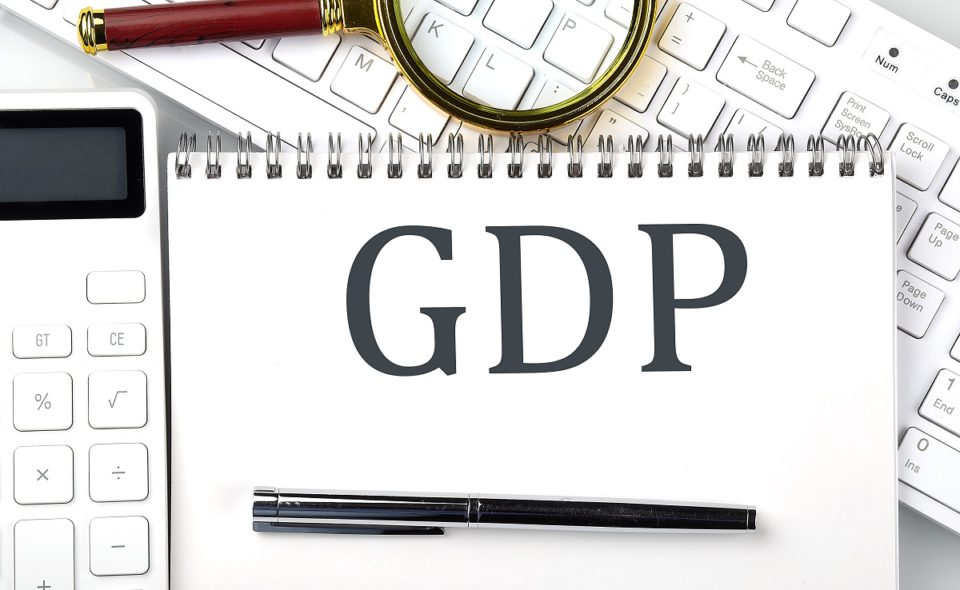It’s hard to avoid the UK’s economic plight at present, as the region continues to struggle against the backdrop of two major risks in the form of double-digit inflation (which is forecast for the autumn) and a potential recession.
To combat the risk of inflation and hopefully prevent a recession from occurring, the Bank of England (BoE) has raised borrowing costs and the base rate of interest five times since December, while further, steeper hikes are forecast for August 4th.
This is problematic for businesses, of course, as rising base rates increase the cost of borrowing, raise operational costs and ultimately diminish shareholder returns over time.
In the short-term, this is also creating a challenging outlook for households and significantly damaging GDP growth. The pound is also struggling as a result, creating something of a crash course for those learning how to trade forex as a beginner. But how will this trend play out during the remainder of 2022?
GDP Growth Forecast – What You Need to Know
Various credit agencies and economic outlets have painted a pessimistic economic outlook for the UK of late, as the soaring cost-of-living and the rising cost of borrowing combines to have a short-term impact on consumer confidence on these shores.
In the case of Investec, the outlet’s GDP growth forecast for 2022 has been lowered by 0.6 percentage points to just 3.4%. At the same time, it has revised its outlook for 2023 down by 0.5 percentage points to 1.7%, highlighting a clear downward trend that may make things get worse before they improve.
The main concerns here are focused on discretionary spending and customer spending, with both metrics being squeezed considerably (particularly when you factor in the additional issue of stagnant wage growth).
If such trends continue, the UK could well face the prospect of a consumer-led recession and persistent negative growth, with this likely to occur at some point in Q4 or the first half of 2023.
Not only has this continued to drag down an ailing economy, but it has also taken a pronounced toll on the pound (GBP). Despite a recent uptick in the GBP/USD pairing (which has occurred on the back of sudden dollar weakness), the pound continues to trade in a narrow range and struggle against a basket of powerful rivals.
Interestingly, its recent increase snapped a three-week downtrend for the GBP/USD pairing, although this is expected to provide only temporary relief as the pound continues to grapple with a wide range of negative macroeconomic factors.
Inflation and Currency – Understanding the Relationship
While geopolitical conflicts and a broad range of fundamentals continue to weigh heavily on the pound, there’s no doubt that rampant inflation (which recently peaked at 9.1% and far above the BoE’s target level of 2%) is the main trigger for the struggles of the pound.
The reason for this is simple. More specifically, economic rules dictate that inflation tends to devalue national currencies like the pound, primarily because this correlates directly with a decrease in that currency’s purchasing power.
Over time, this creates a scenario where countries with high inflation see their currencies weaken relevant to others, creating a significant challenge for both households and investors alike.
Of course, you may note that regions such as the EU and US are also struggling with rampant inflation, afflicting the Euro and US dollar respectively.
However, the rate of inflation in the UK is particularly high and out of control, causing the pound to struggle against its rivals and continually weaken when directly compared with other major currencies.
The Last Word
Whenever you learn trading for beginners, one of the first things you comprehend is the impact of macroeconomic factors on currency pair prices and valuations.
This is borne out at present, as the GBP continues to be undermined by soaring inflation and a number of other fundamental factors such stagnant wages and declining GDP growth.
Of course, some may argue that the continued hikes in the base rate of exchange by the BoE will have a positive impact on currency values, potentially making the asset more attractive to overseas investors.
However, such hikes will take a while to help curb rampant inflation (there’s an inverse relationship between these two macroeconomic factors), while the sheer extent of inflation and the fact that this may well reach double digits in the autumn is placing too great a drag on the GBP.
For investors, the wise move for now is to hedge against the pound, while keeping an eye on inflation and other macroeconomic factors to identify future trends and profit accordingly.
